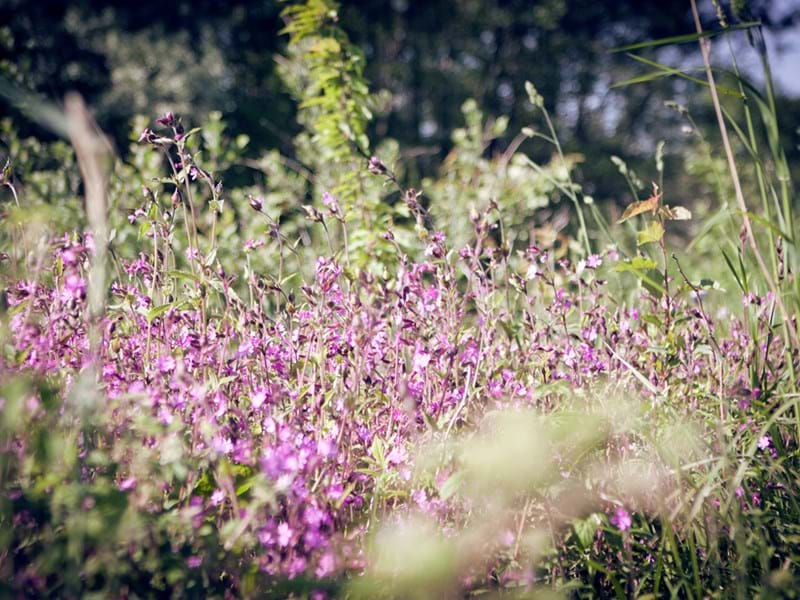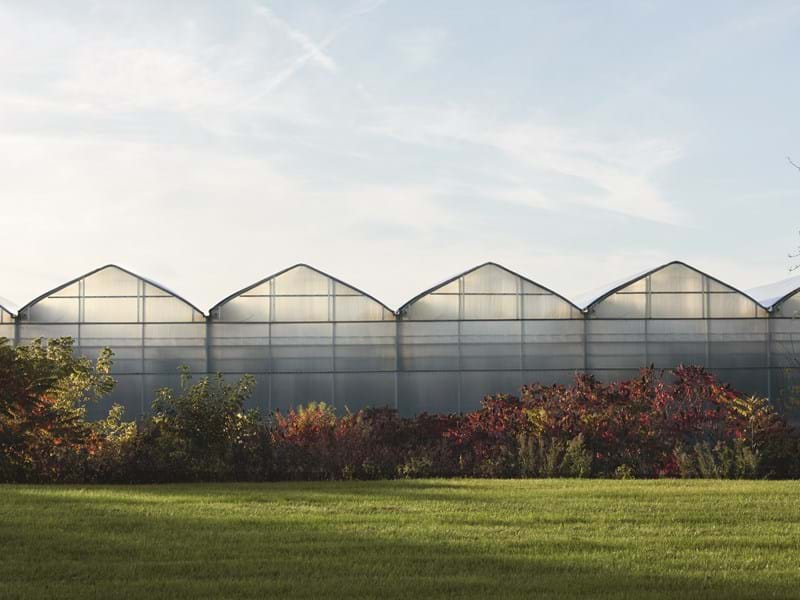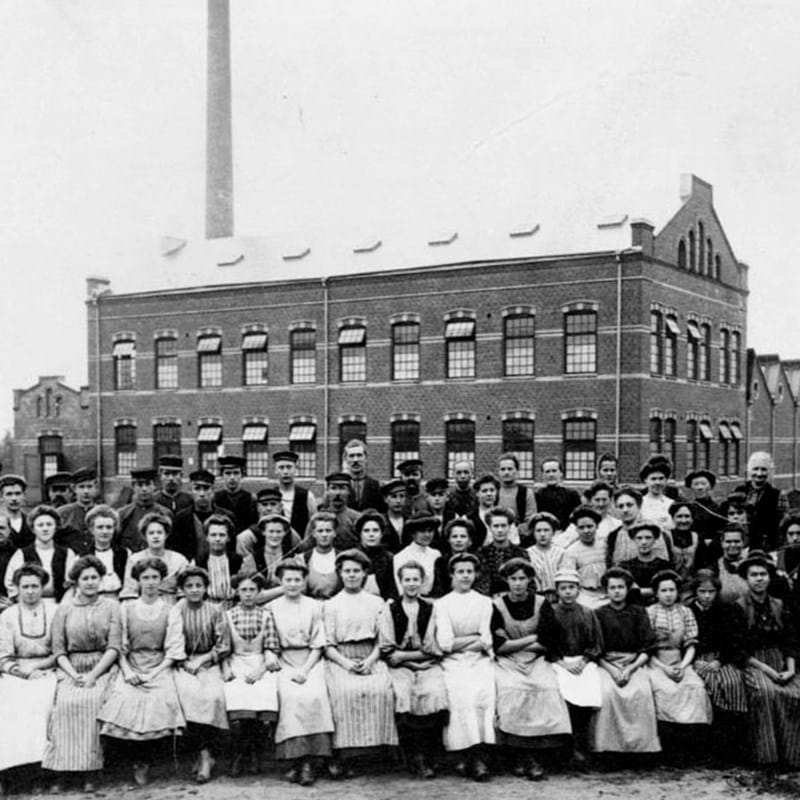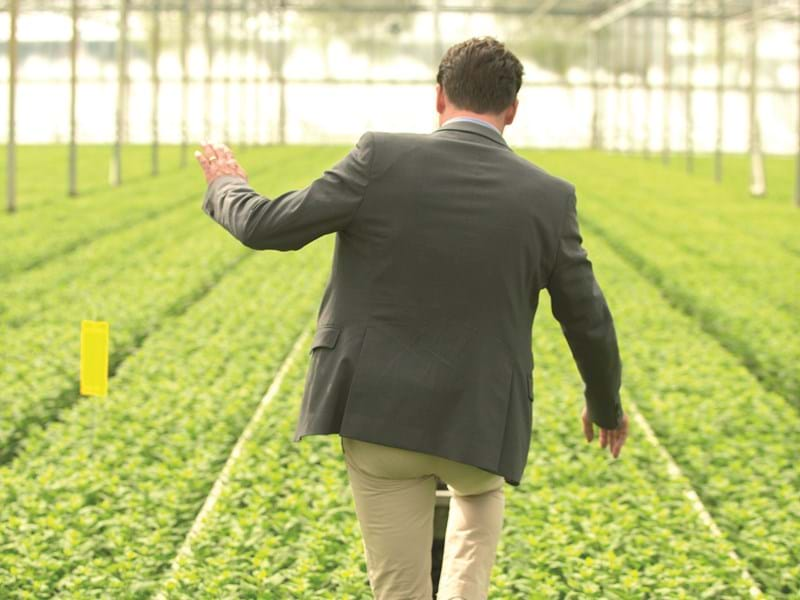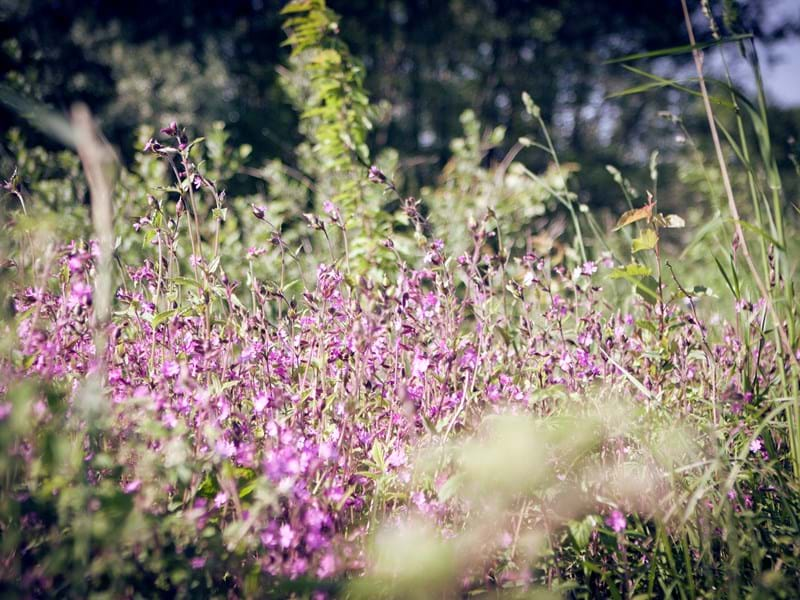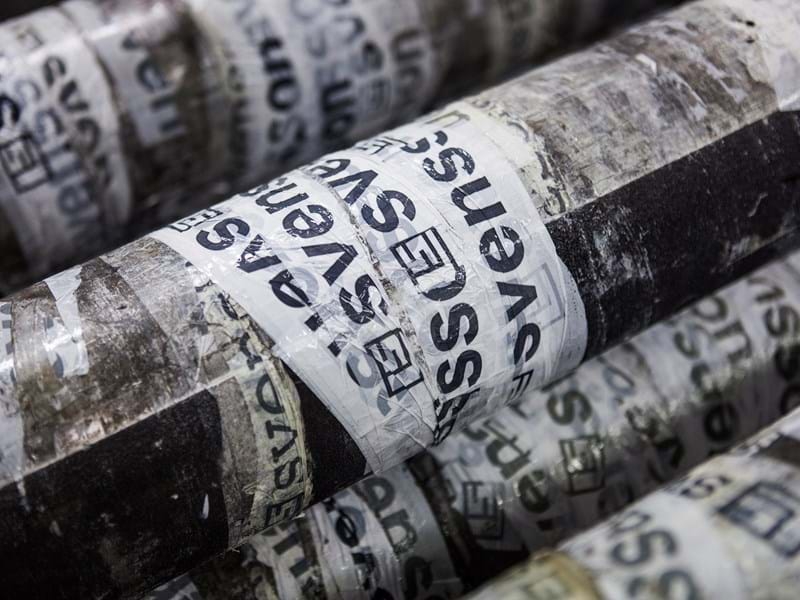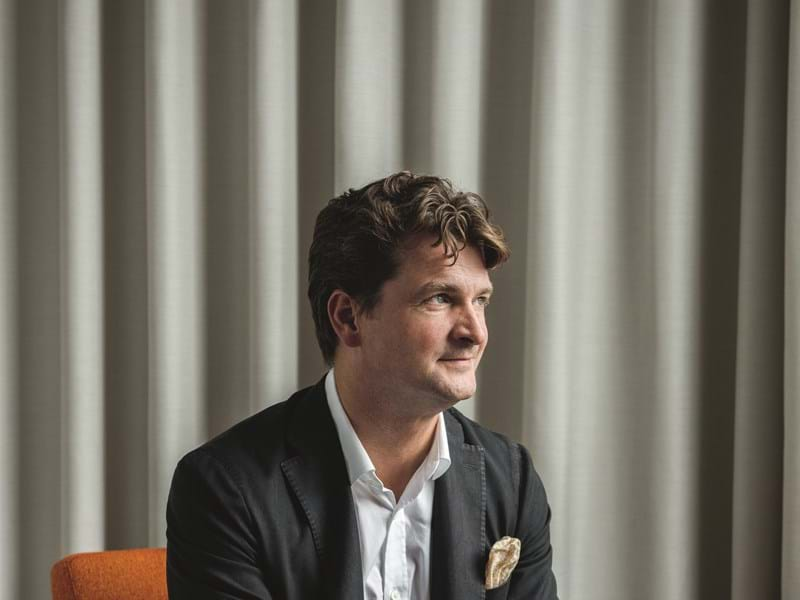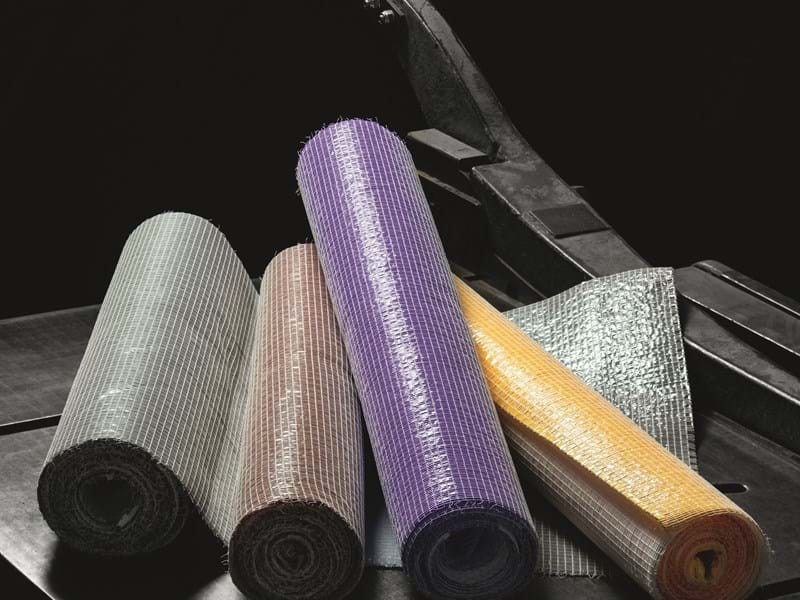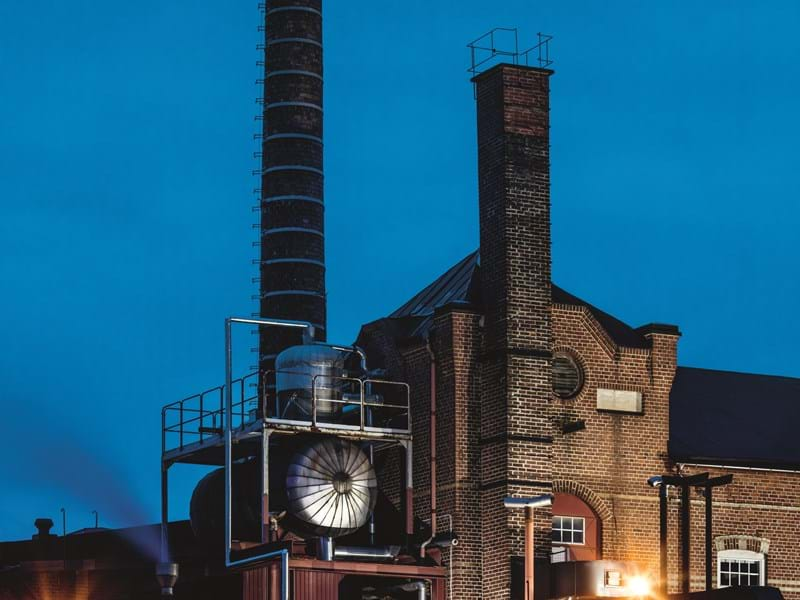Sustainability by Svensson
In our sustainability work, we have identified four focus areas and developed clear strategies and targets for these.
Our overall sustainability goal is to reduce carbon dioxide emissions throughout our value chain, which includes product life cycles. This is in line with the Paris Agreement to limit global warming to 1.5 degrees, with 2030 as the time frame for our efforts.
Raw materials
Together with our suppliers, we are working to reduce the climate impact of the value chain.
More with less
We focus on reducing our climate footprint by reducing waste and capitalising on its value, reducing our energy consumption and increasing our energy efficiency. We actively work to reduce the use of chemicals and water
Sustainable solutions
We help our end users become more sustainable.
Circularity
We are taking an active role in the transition towards a circular business model and future collection systems to preserve material value for reuse.

Water
Our factory is located between the Viskan and Häggån rivers. We source our water in Viskan and purify it in our own treatment plant. We use the water to dye and wash yarn and finished fabrics. Used water goes to our equalisation tanks and then to the municipal treatment plant. We hold a permit from the County Council to dye and prepare textiles. The permit is linked to a control programme, which means that we continuously measure and control our emissions to water and air, and that we have control over our chemicals and equipment. We endeavour to reduce our consumption of water, as this also enables us to reduce the amount of chemicals. We do this by developing our processes and maintaining tighter control over them.

Waste
Waste is a challenge for all companies. We continuously sort and measure the waste we generate. Doing it once is not enough; we need to take into account that our products change and evolve - hence raw materials and ultimately waste compositions. An examination of waste flow values, from purchase to delivery to customer, will result in a Sankey diagram showing all waste. Our goal is to reduce waste by 5 per cent each year, based on the amount of materials purchased. We are also working to identify solutions to retain the value of waste in a material loop.

Transportation
Svensson generally works with companies that emphasize the importance of the environment, set environmental goals, can provide sustainability reports and are working to achieve climate-neutral transportation (e.g. through membership of the Swedish Road Administration climate-neutral road haulage project.) ISO14001 certification is preferable.
